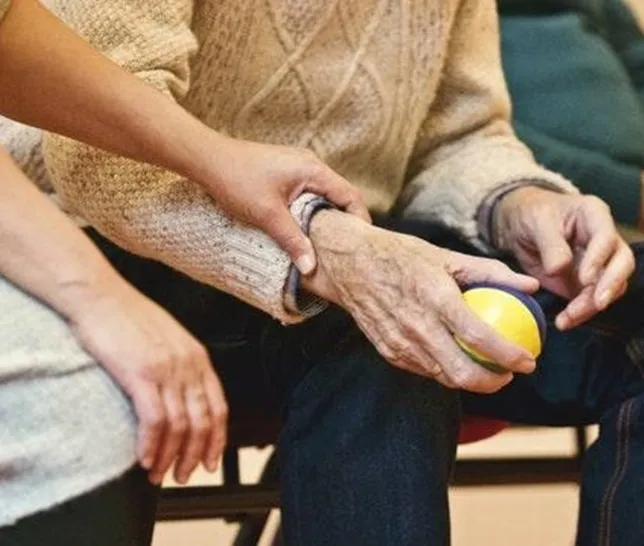Blog on caregiver, cleaning and health care related matters.

Mar-31-2018 | Uncategorized,
All About Alzheimer’s Disease
Alzheimer’s disease is a degenerative brain disorder that largely affects people age 65 or older. The symptoms of Alzheimer’s progress in stages with time and eventually become completely debilitating. Early on, the Alzheimer’s patient may only show some signs, including short-term memory loss, misplacing items, losing one’s bearings, difficulty sleeping, and anxiety. However, as time goes on, the symptoms become more serious. These symptoms include:
● Troubles with money
● Difficulty completing sequential tasks
● Long-term memory loss
● Agitation and extreme mood swings
● Inability to problem solve
● Confusion with time and place
● Disorientation
● Communication issues
● Wandering or frequently getting lost
● Repetitive speech or actions
● Eating things that are not edible
● Issues with spatial relationships
● Seemingly purposeless activities
● Social withdrawal
● Deteriorating motor skills
● Forgetting friends and family
● Disregarding personal hygiene
● Issues getting dressed
● Forgetting to eat
● Inappropriate behavior
● Severe depression
● Delusions or paranoia
● Aggressive, even violent, behaviors
Alzheimer’s Disease and Caregiving
Because the progressive symptoms make it difficult to live on one’s own, Alzheimer’s patients eventually must rely on a caregiver. In the United States, an estimated 15.7 million adult family caregivers care for someone who has Alzheimer’s disease or other dementia. Furthermore, the economic value of the care provided by these unpaid caregivers was an estimated $217.7 billion in the year 2014.
Caregiving for an Alzheimer’s patient is a noble but difficult task. Every day is different when dealing with dementia, but one can guarantee that the disease only gets worse as time goes on. Watching a loved one’s health and mind deteriorate can truly take its toll on a caregiver’s mental health. While there’s nothing one can do to reverse the symptoms of the disease, there are home modifications that can help make the process of caregiving somewhat easier. Below, we have highlighted some of those preparations.
Making Hygiene Easier
The bathroom is considered the most dangerous room in the house. A simple slip-and-fall in the bathroom can put an Alzheimer’s patient in the hospital. To help prevent injury, install non-slip decals not just in the tub, but also along the floor in place of shower rugs. While a shaggy bath mat may be nice for your use, they are actually just another tripping hazard for someone with limited mobility.
As Alzheimer’s disease progresses, caregivers have to help the patient with daily bathing. Installing a shower chair is an easy way to turn a typical bathtub into a safe place for bathing. Use a tape measure to estimate the size of the bench you will need, and visit your nearest hardware store to get a model that is right for you. Furthermore, a handheld nozzle can make the task simpler by providing the reach you need for efficient bathing. You may also want to keep a designated towel nearby to place over the patient’s torso as a way to give them a modicum of privacy that can also preserve their dignity.
Prevent Falls
When most seniors age, they can use a cane or walker to add stability in order to prevent falls. Alzheimer’s patients can often be stubborn and refuse to use these mobility aids. To help prevent falls, try the following:
● Ensure your home is well lit in every room.
● Provide visual cues that help them identify which room they are in.
● Clear your home of tripping hazards such as low profile furniture.
● Outfit them with safe and supportive footwear.
● Install grab bars throughout the house.
Alzheimer’s is a degenerative brain disease that requires more and more care as the patient ages. For millions of people, it comes in the form of family members or friends stepping up to act as informal caregivers. While caregiving is difficult, you can make it a bit easier by modifying things around the house to make it safer and easier to navigate. Safety measures in the bathroom reduce risks in the most dangerous room in the house. Beyond that, try preventing falls by reducing trip risks throughout the house. These simple things can make a big difference when it comes to Alzheimer’s caregiving.
Credit: June Duncan for Polish Care Services https://polishcareservices.com